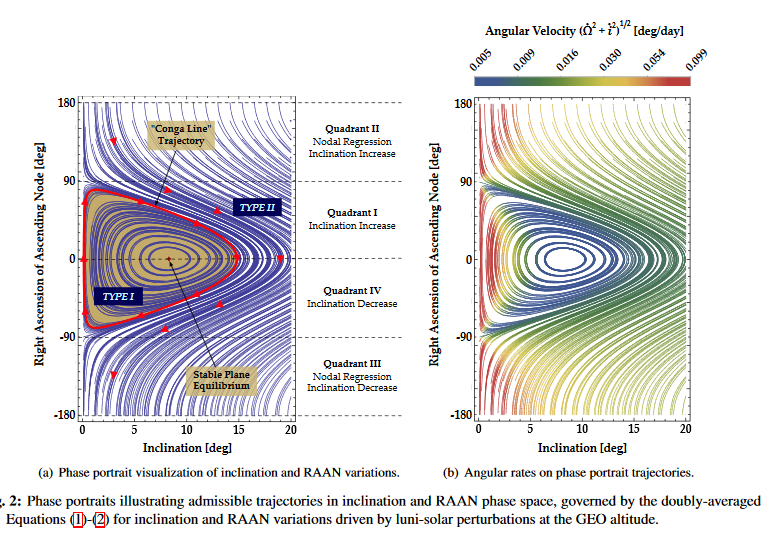The (currently unanswered) question Quantitatively, how deep are the stable equilibrium points in GEO? How much delta-v to move from one to the other? (also see comments at Delta-v to move from GEO to GEO) is premised on their existence, and I have the impression that unstationkept satellites starting from geostationary or at least geosynchronous orbit would eventually "collect near" or tend to migrate towards certain longitudes. I suppose you can think of that as a kind of phasing; the period may not change but the phase would.
But now I'm not sure if that's what would happen, and if it is, why it would. Without stationkeeping the spacecraft would certainly start to move from it's original longitude in earth-fixed coordinates due to Earth's lumpy gravity and the Sun and Moon and other things, but would it have to exchange angular momentum with the Earth to move to its new orbit and settle into its new phase but keep its original period, since it might be now at a different gravitational potential and semimajor axis.
As an extension of this, if all the satellites currently stationkept in GEO were to suddenly loose propulsion, after a decade or so (baring collisions) if we looked at a map of all their ground tracks, would we see two groups of Analemmae clustered near the two equilibrium longitudes? I'm thinking of a map like that below but with hundreds of them now tall and clustered in two groups.
Question: How do the stable equilibrium points work in GEO? If all geosynchronous spacecraft suddenly lost stationkeeping, would most "fall into" one or the other?
Possibly helpful: NASA TN D-3557 The Earth's Longitude Gravity Field as Sensed by the Drift of Three Synchronous Satellites
"Family portrait" from this answer to Are there any satellites in geosynchronous but not geostationary orbits?

